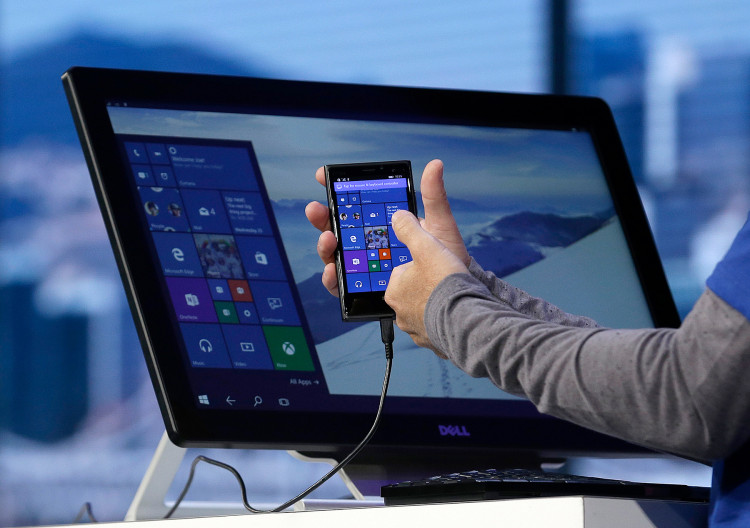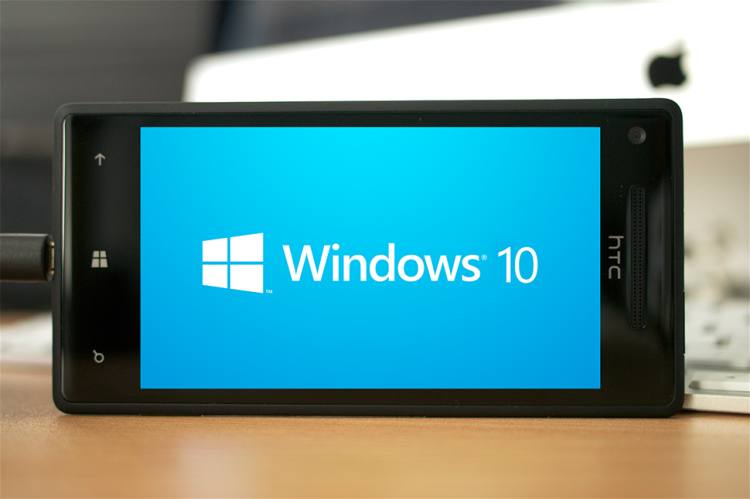Build 2015 has been full of new stuff from Microsoft – we’ve seen more demos and teasers for Windows 10, which is definitely the main attraction. What’s most interesting is the fact that the new operating system isn’t far removed from pretty much every other announcement at the conference. Windows 10 is set to become so universal that soon it’ll be everywhere, according to Microsoft.
An ambitious prediction by the company claims that the OS will appear on over one billion devices over the next couple of years. This might be due to the features which allow most Windows 10 devices to function as PCs in their own right. Continuum mode lets the OS dynamically modify itself for external displays, and the native apps make working on many different outputs possible.
SEE ALSO: Build 2015: Microsoft HoloLens Demoed
Of course, Cortana, the digital assistant, and the new browser known as Edge will both make using Windows 10 on all devices even more seamless. Data of course will be shared around your mini network for Windows devices, and documents will likely be saved to the cloud for access when out and about.
It’s all great news for app developers – in the long term the OS will allow them to write apps for PC and mobile. Looking at the current situation with apps, this could be quite huge. Popular apps like Tinder and Instagram all run solely on phones, and rarely on desktop PCs. The ability to load an app on PC in the same form factor as the mobile version seems very exciting.
SEE ALSO: Will An Apple VR Device Come Too Late?
This blurring of the lines between PC and mobile make that one billion devices promise seem much more understandable. Microsoft hopes to make Windows users part of something much more different to Android or Apple’s services – now a whole host of devices comprise the same viewing experience, doing away with the division between the two for good.
When Windows 10 does come out a slew of apps will likely make the migration. A staggered release has been planned rolling out initially towards the end of the Summer and through to Autumn, with some devices receiving Windows 10 later than others. No concrete release date has yet been given, but when it arrives be sure to have your Windows license key handy for your free upgrade.
Via: Techcrunch
Via: CNET


